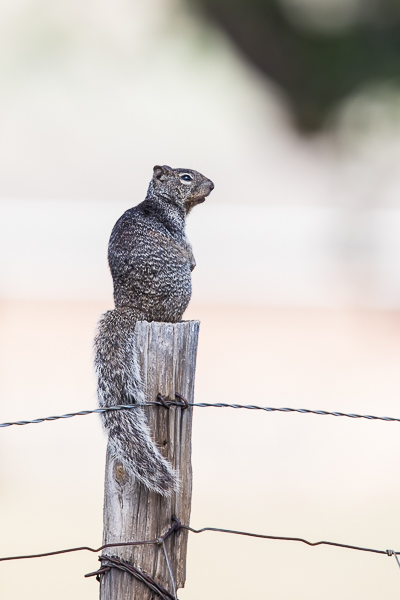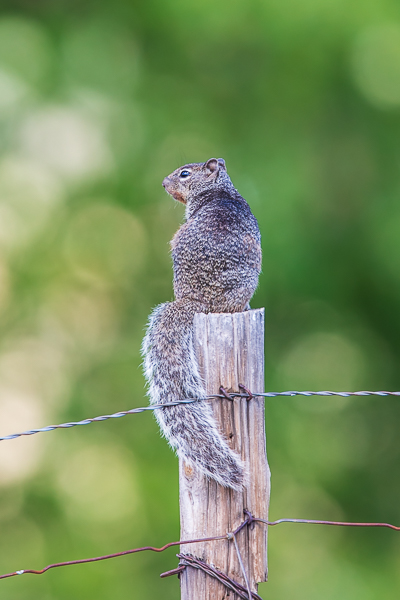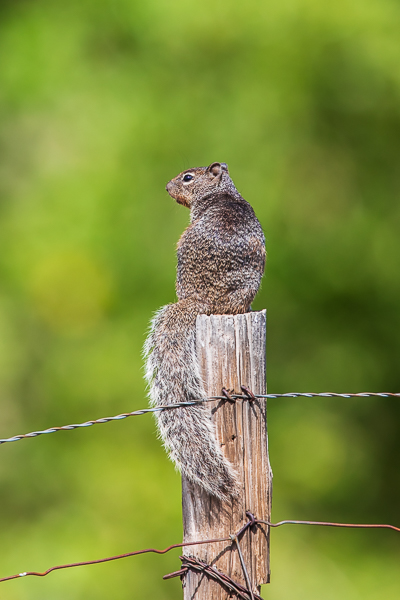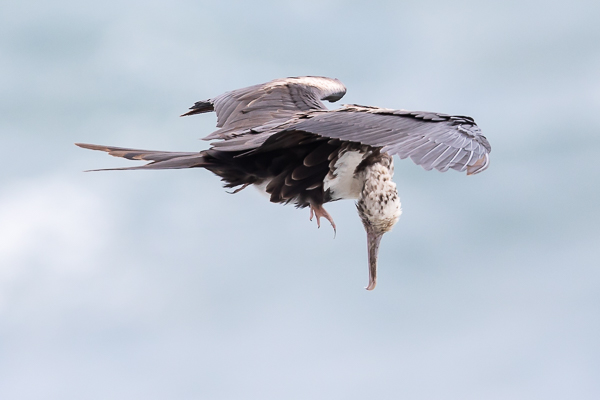Tip #1 – Always Check Your Background
Background is a Major Part of Your Composition
I will, on occasion, post a tip on how to improve your wildlife photography and these tips will be geared towards photographers of all levels of skill. I particularly enjoy teaching new photographers, but I also love teaching and learning tips to/from professional photographers as well. Making a great image requires the photographer be aware of many issues at once and your exposure (shutter speed, ISO, and f-stop) are just one of the many. As challenging as exposure alone can be, there are many other factors that come into play and today’s tip will be one that addresses an issue that I see many beginning photographers either ignore or not really think it is that critical to the image. The fact is, it is one of the most important aspects of excellent photography and that is, checking your background.
To illustrate the difference a great background can make on an image, I saw an opportunity the other day where just a few feet made a significant difference in my image. While driving on a dirt road adjacent to the Fort Davis National Historic Site, I saw a beautiful Rock Squirrel perched atop an old wooden post. I was in the vehicle and if I had exited the vehicle, the squirrel would have inevitably made a run for it, so this required using the jeep as a blind. I had been photographing birds so I was set up to shoot with my Canon 5D IV and Canon 600 f/4 II IS lens with a Canon 1.4x telextender attached.
Now, this lens setup will usually only allow a small amount of background in the image due to the magnification. However, in this situation the post was on a slight rise and the background was some distance away. As the background moves further away from the lens, the larger the field of view and the more blurred the background will be, which produces a nice bokeh. Bokeh is a nice, pleasing background that is usually quite blurry and has a nice color. To learn more about Bokeh, check out this article on Wikipedia.
When I first stopped the Jeep, I pulled out my camera and rested it on my bean bag support. Before I ever clicked the shutter button, I checked the overall picture including the background. What was behind the Rock Squirrel was a large copse of Cottonwood trees some of which have died due to past droughts. Normally, I wouldn’t have even taken the photo but the idea for this blog entry came to me and I went ahead and clicked the shutter. Here is the result:

Rock Squirrel – Distracting Background
In this image, you can see in the upper right a large branch from a dead cottonwood that comes into the background. There is also a paler bar running through the middle of the image which is the result of ruins on the fort grounds. The color also isn’t that pleasing to the eye. Yes, the image is sharp, the squirrel is cute, but the image is frankly, terrible. In terms of visual weight, the branch outweighs the squirrel and is very distracting to the eye.
I noticed the leaves on the living cottonwoods would provide a nice green background so I pulled slowly forward and checked the background. Fortunately, my subject was obliging and he was basking in the sun as the light did change several times due to a partly cloudy sky. I put the camera to my eye and the Rock Squirrel changed the direction he was looking and this is what I saw:

Rock Squirrel – Better Background
Now, most of you probably already see a significant improvement in the image because the green “feels” better. It makes the image more “outdoorsy” and it makes the squirrel the focus of the image. The wire fence is still a bit distracting, but nothing we can do about that unless you wanted to spend an inordinate amount of time cloning it out. With regard to this image, I still find the paler spots to the left of the squirrel a bit distracting to my eye and I opted to pull forward just a slight bit to remove those pale spots. The pale spots are the result of light coming through the leaves of the cottonwood trees.
I pulled forward maybe another 8′ feet from the last stop and a total of about 15′ from the first image. Checking the image and background, I liked what I saw and took several exposures of the squirrel. The light was changing fairly rapidly and I was able to come away with these images.

Rock Squirrel – Best Background
Now, I much prefer the background in this last image. There are some darker spots to the right, but they are at least still a green tone and not nearly as distracting as they white circles in the previous image. You will also note the difference in “warm” feeling and that is because the prior image was shot in cloudy light and the bottom image in the sun was shining through the clouds but was still diffused making the image feel nice and warm. I hope through this simple comparison you will begin to realize the importance of paying attention to the background whether you are shooting a Rock Squirrel, your grandson, a flower or a perched bird.
Here are a couple of other images where the background really helps the subject standout. The first is an image of a Golden Eagle from yesterday morning when the sun was still rising and there was a nice pinkish-orange hue to the sky. The second is an image of a Scale Quail also from yesterday where the golden grass was far enough distant to produce a nice bokeh of a golden brown. Finally, the third image is a Great Frigatebird from a recent trip to Hawaii where the sea makes a nice blue background.





